The quality of a restaurant can often be elusive, hidden beneath the surface of ambiance and menu offerings. With numerous dining options available, identifying true quality becomes essential for a memorable experience. This article explores 12 distinct clues that can help distinguish between a good and a bad restaurant. From the moment you step through the door to the final bite of your meal, each aspect offers valuable insights into the establishment’s commitment to excellence. Whether you’re a discerning foodie or a casual diner, these clues will guide you to a delightful dining experience.
Welcoming Atmosphere
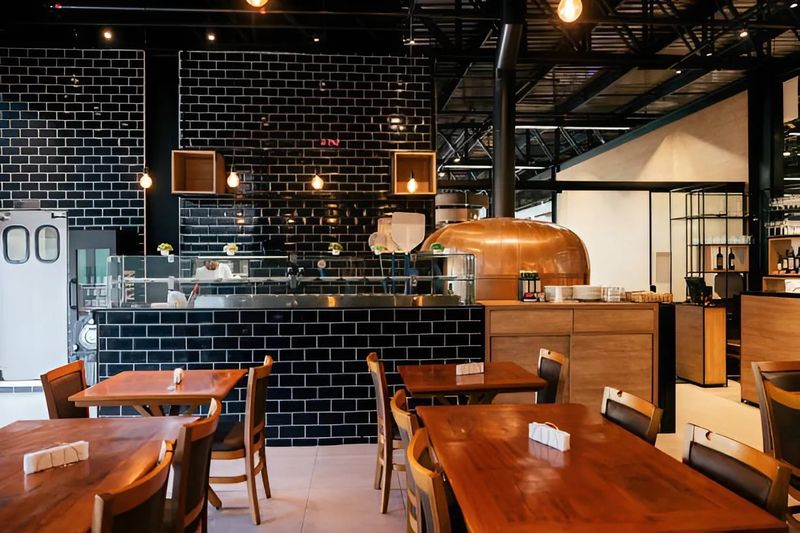
A welcoming atmosphere greets you like an old friend. Imagine stepping into a space where warmth envelops you, making every guest feel cherished. The gentle hum of conversation, soft lighting, and thoughtful decor transform a simple outing into an experience worth savoring. A restaurant that prioritizes ambiance conveys care and attention to detail, ensuring patrons feel valued from the first step inside. On the flip side, a cold or overly sterile environment may hint at an establishment that overlooks the finer points of hospitality, potentially impacting the overall dining experience.
Attentive Service

Service with a smile is more than a catchphrase; it’s a promise of attentiveness. Picture a waiter who anticipates your needs, offering refills before your glass is empty and providing recommendations tailored to your taste. Such service transforms dining into an art, enhancing the overall pleasure of a meal. Conversely, inattentive or rushed service can disrupt the rhythm of dining, leaving guests feeling unimportant. The hallmark of a quality restaurant is staff who are present without hovering, intuitive yet unobtrusive, ensuring every diner feels like the guest of honor.
Cleanliness

Cleanliness speaks volumes about a restaurant’s standards. Imagine spotless tables, gleaming cutlery, and a kitchen where hygiene rules supreme. Such attention to cleanliness underscores a restaurant’s respect for its patrons and dedication to safety. A clean environment suggests meticulousness and pride, reassuring guests that their health is prioritized. Conversely, a dirty or cluttered space can signal neglect and disregard, potentially undermining trust. When a restaurant invests in cleanliness, it invests in its reputation, promising patrons a safe and enjoyable dining experience without the worry of sanitation issues.
Quality Ingredients
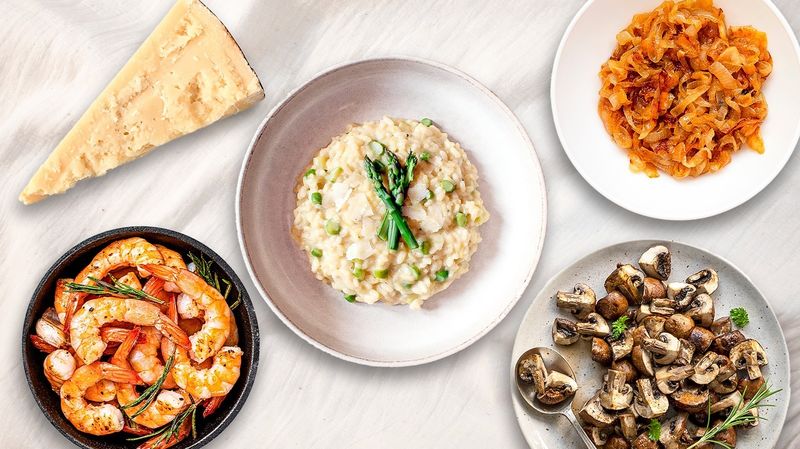
The foundation of any great dish lies in its ingredients. Imagine vibrant vegetables, succulent cuts of meat, and fragrant herbs that sing with freshness. Quality ingredients are non-negotiable for a restaurant committed to excellence, elevating each dish to its potential. These elements reflect a chef’s dedication to flavor and nutrition, ensuring every bite is a taste journey. In contrast, subpar ingredients can lead to lackluster flavors and unsatisfying meals, disappointing diners. A discerning palate will recognize the difference, appreciating a restaurant that prioritizes sourcing the finest components for its culinary creations.
Menu Variety

A diverse menu caters to the varied tastes of its guests. Picture a list that spans continents, offering something for everyone, from traditional staples to innovative creations. This variety signals a restaurant’s versatility and willingness to accommodate diverse palates, enhancing its appeal. A limited or uninspired menu, on the other hand, might suggest a lack of creativity or ambition, potentially leading to a monotonous dining experience. Diners appreciate options that cater to dietary needs and preferences, showcasing a restaurant’s commitment to inclusivity and culinary exploration.
Consistent Quality
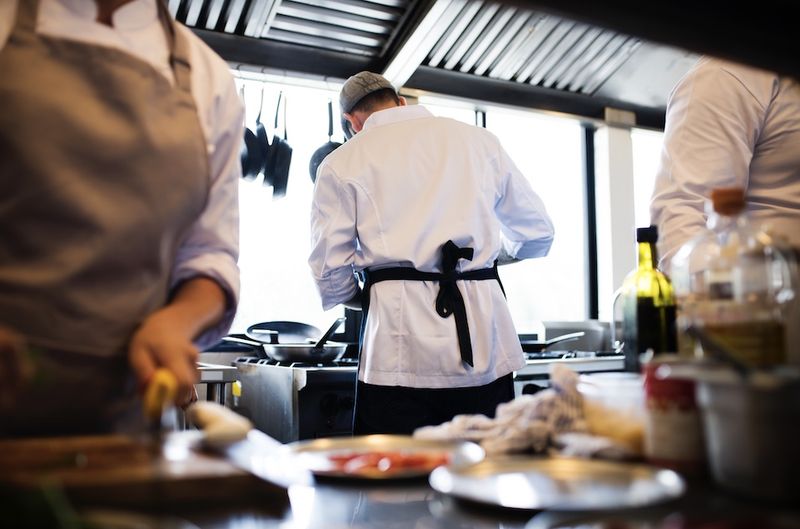
Consistency is the cornerstone of a restaurant’s reputation. Imagine biting into a dish as expertly crafted as the last time you visited. This reliability fosters trust and encourages repeat visits, knowing each meal will meet expectations. However, inconsistent quality can tarnish an establishment’s image, leaving diners wary of returning. When a restaurant consistently delivers well-executed dishes, it demonstrates control over its processes and respect for its patrons. Guests are assured they will receive the same high standard time after time, making them feel valued and appreciated.
Value for Money
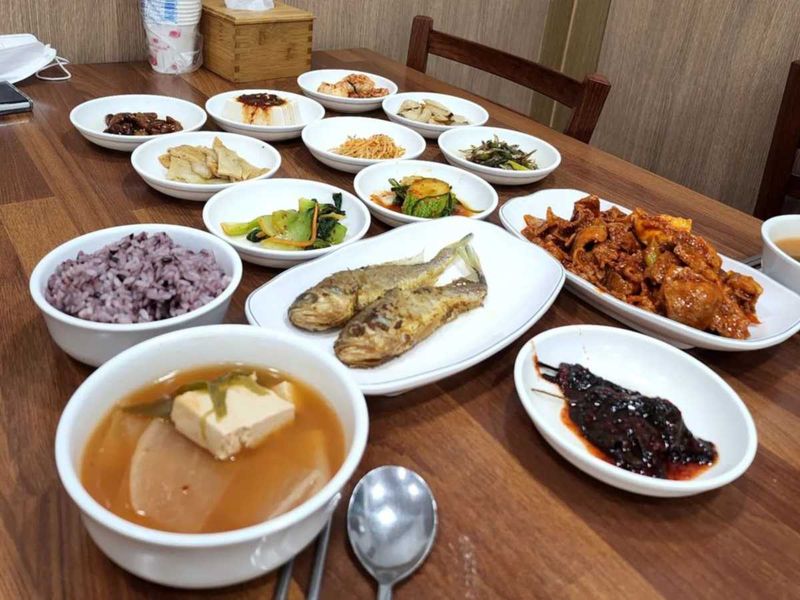
Getting value for your money is essential in dining. Consider the joy of finding generous portions, exquisite taste, and reasonable prices on your plate. When a restaurant offers this balance, it respects its patrons’ investment, translating cost into satisfaction. On the contrary, overpriced meals that fail to deliver can deter diners, leaving them feeling shortchanged. A restaurant that delivers value not only attracts but retains its clientele, building a loyal customer base. It’s a dance between quality and cost, where the diner feels the harmony of a worthwhile culinary journey.
Innovative Cuisine
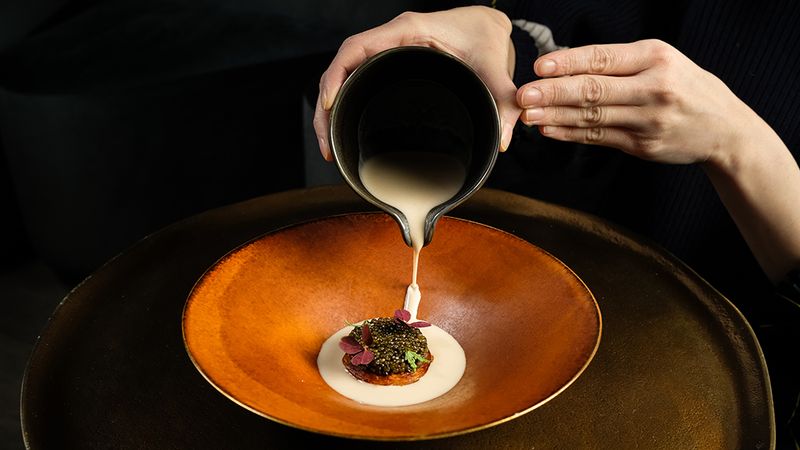
Innovation in cuisine keeps the dining scene vibrant and exciting. Picture a chef pushing boundaries, crafting dishes that surprise and delight with unexpected twists. Such creativity reflects a restaurant’s forward-thinking attitude and passion for culinary arts. Innovative cuisine invites diners to embark on a flavor adventure, awakening the senses and sparking conversation. Conversely, a stagnant menu may suggest complacency, failing to captivate curious palates. A restaurant that embraces innovation stands out, luring diners with the promise of something novel and intriguing, ensuring each visit is as memorable as the last.
Local Reputation
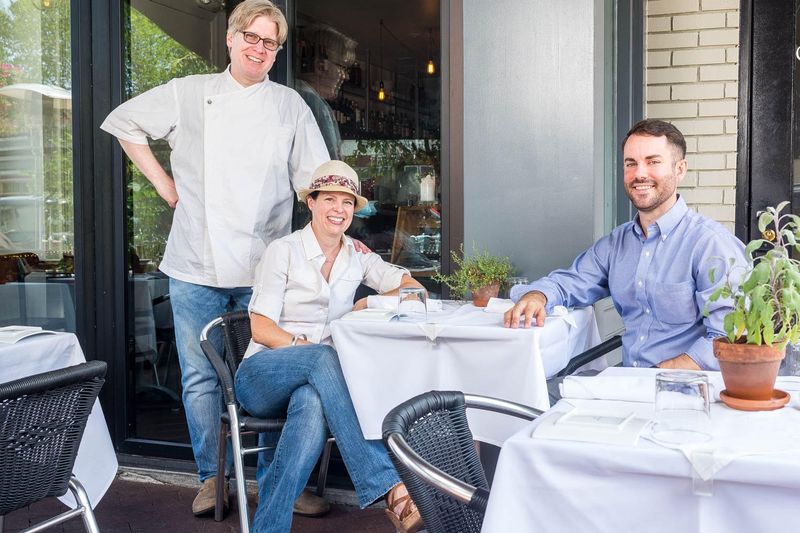
A restaurant’s reputation within the community is a telling indicator of its quality. Imagine an establishment that locals frequent, a place where regulars and new patrons alike feel welcome. This local acclaim often stems from consistent excellence, fostering loyalty and word-of-mouth recommendations. A well-regarded reputation suggests a restaurant that values its connection to the community and strives to maintain high standards. In contrast, a lackluster reputation might indicate shortcomings in service, food, or atmosphere. A restaurant cherished by its community often serves as a hub of social engagement and culinary delight.
Timely Service

Timeliness in service reflects a restaurant’s efficiency and respect for its guests’ time. Imagine a place where food arrives promptly, allowing diners to enjoy their meals without unnecessary delays. Efficient service enhances the dining experience, ensuring satisfaction from start to finish. In contrast, long waits can mar an otherwise delightful meal, frustrating patrons and detracting from their overall impression. A restaurant that masters the art of timing conveys professionalism and dedication, assuring diners that their time is valued. This efficiency often translates into smoother operations and a more enjoyable visit.
Comfortable Seating

Comfort begins with seating that invites diners to relax. Imagine settling into a chair that cradles you in comfort, enhancing the dining experience. Thoughtful design and ample space contribute to a sense of ease, allowing guests to focus on their meals and companions. In contrast, cramped or uncomfortable seating can detract from enjoyment, causing discomfort and distraction. A restaurant that invests in comfortable seating demonstrates consideration for its patrons’ well-being, creating an environment where guests can linger and savor their time. This focus on comfort speaks to a broader commitment to guest satisfaction.
Authenticity

Authenticity breathes life into a dining experience. Picture a restaurant that captures the essence of its cuisine’s heritage, offering dishes that transport diners to another place. This authenticity is reflected in decor, flavors, and even the staff’s knowledge, creating a cohesive and immersive experience. An authentic restaurant respects culinary traditions while introducing guests to genuine, unadulterated flavors. In contrast, a lack of authenticity can result in a diluted or generic experience, leaving diners unimpressed. When a restaurant commits to authenticity, it offers an enriching journey through culture and taste, captivating curious and discerning palates alike.
Leave a comment